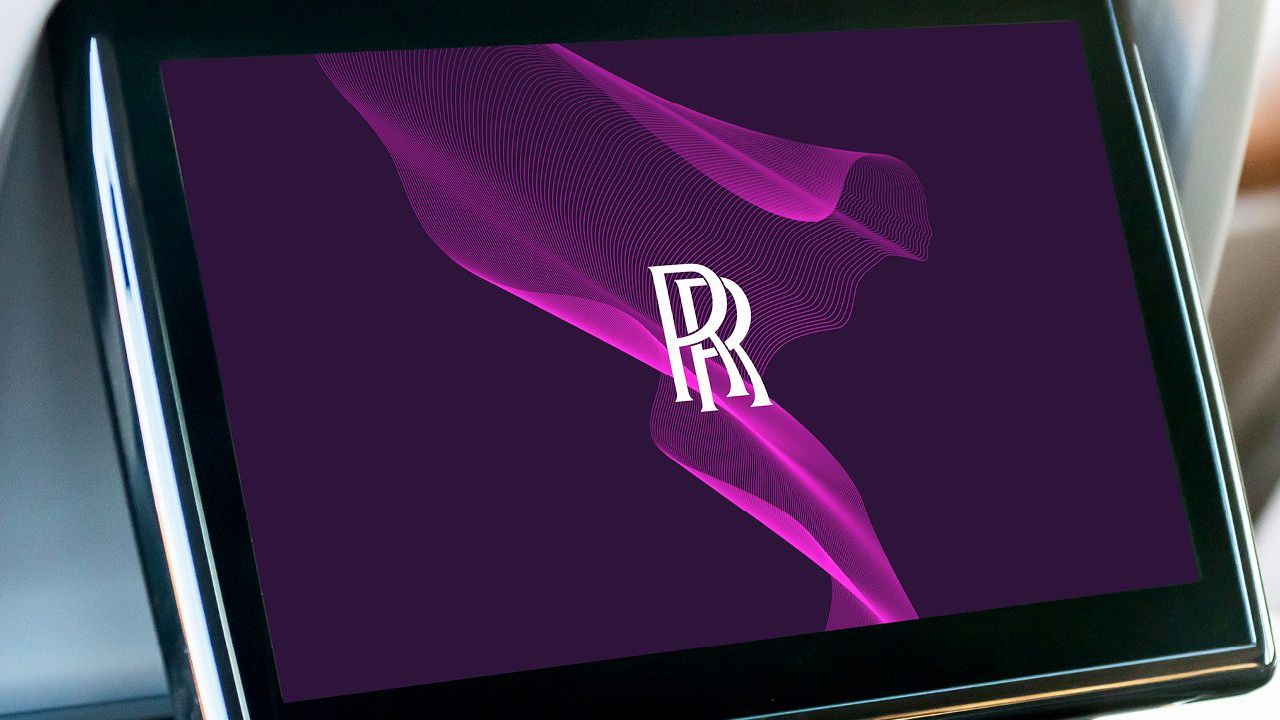
Gear -- 8 days ago

Words: Jonathan Wells
It rolls off the tongue, doesn’t it? Rolls-Royce. Even the simple, syrupy syllables themselves sound luxurious; sumptuous. And there’s a reason for that. A mainstay of the annual Luxury Industry Brand Index — and currently the influential list’s highest-ranking automotive company — Rolls-Royce Motor Cars is synonymous with opulence, affluence and the smoothest rides in town.
Discover the perks of being a member
| Clubhouse Membership | |
|---|---|
| Quarterly MagazineDelivered to your door | |
| Unlock DigitalAccess to all member-only online features | |
| Exclusive Interviews and FeaturesIn-depth stories and insights. | |
| Membership Cardto redeem all the perks. | |
| Members Invites to private Clubhouse events | |
| Weekly newsletter Straight to your inbox | |
To receive the latest in style, watches, cars and luxury news, plus receive great offers from the world’s greatest brands every Friday.
